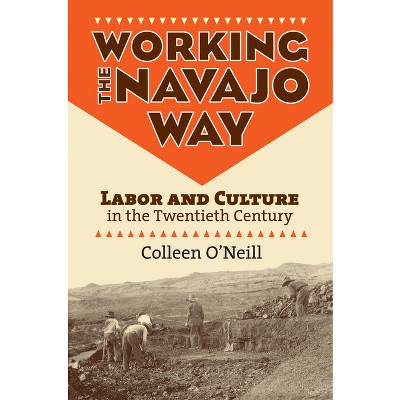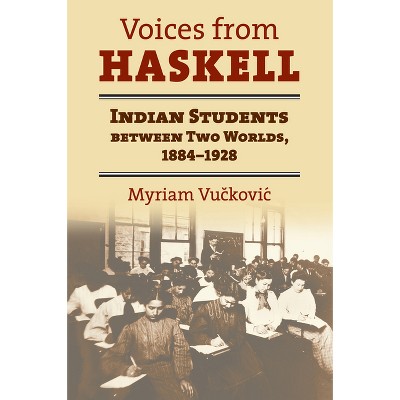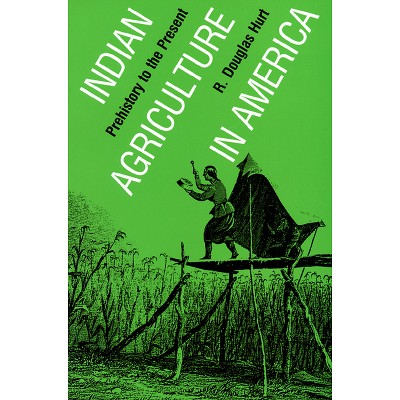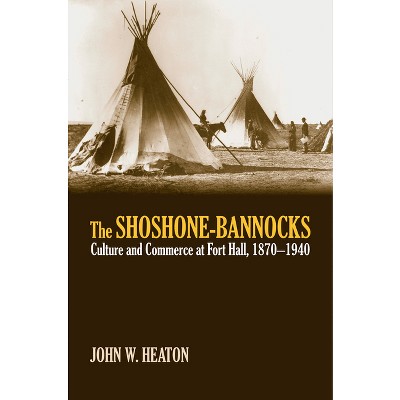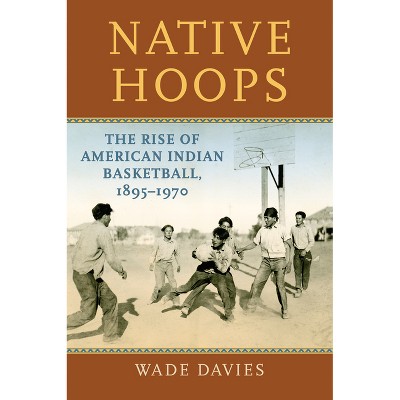About this item
Highlights
- Native American reservations on the Northern Plains were designed like islands, intended to prevent contact or communication between various Native peoples.
- Author(s): Frank Rzeczkowski
- 304 Pages
- History, Native American
Description
About the Book
Examines the surprising degree of interaction between various Northern Plains tribes on the Crow reservation in South Dakota from 1800 to 1925, tracing the development of pan-Indian identity among the once-warring peoples--and challenging the concept of tribalism as it has long been understood by scholars.
Book Synopsis
Native American reservations on the Northern Plains were designed like islands, intended to prevent contact or communication between various Native peoples. For this reason, they seem unlikely sources for a sense of pan-Indian community in the late-nineteenth and early-twentieth centuries.
But as Frank Rzeczkowski shows, the flexible nature of tribalism as it already existed on the Plains subverted these goals and enabled the emergence of a collective ὔIndian" identity even amidst the restrictiveness of reservation life. Rather than dividing people, tribalism on the Northern Plains actually served to bring Indians of diverse origins together.
Tracing the development of pan-Indian identity among once-warring peoples, Rzeczkowski seeks to shift scholars' attention from cities and boarding schools to the reservations themselves. Mining letters, oral histories, and official documents--including the testimony of native leaders like Plenty Coups and Young Man Afraid of His Horses--he examines Indian communities on the Northern Plains from 1800 to 1925. Focusing on the Crow, he unravels the intricate connections that linked them to neighboring peoples and examines how they reshaped their understandings of themselves and each other in response to the steady encroachment of American colonialism.
Rzeczkowski examines Crow interactions with the Blackfeet and Lakota prior to the 1880s, then reveals the continued vitality of intertribal contact and the covert--and sometimes overt--political dimensions of "visiting" between Crows and others during the reservation era. He finds the community that existed on the Crow Reservation at the beginning of the twentieth century to be more deeply diverse and heterogeneous than those often described in tribal histories: a multiethnic community including not just Crows of mixed descent who preserved their ties with other tribes, but also other Indians who found at Crow a comfortable environment or a place of refuge. This inclusiveness prevailed until tribal leaders and OIA officials tightened the rules on who could live at--or be considered--Crow.
Reflecting the latest trends in scholarship on Native Americans, Rzeczkowski brings nuance to the concept of tribalism as long understood by scholars, showing that this fluidity among the tribes continued into the early years of the reservation system. Uniting the Tribes is a groundbreaking work that will change the way we understand tribal development, early reservation life, and pan-Indian identity.
Review Quotes
"This work leaves the reader with a sense of both the complexity of the concept of Crow tribal identity in the reservation era as well as the humanity of the individuals who lived and built families during this time. It is a necessary addition to the library of any scholar interested in the formation of today's Crow tribe."--Montana The Magazine of Western History
"Frank Rzeczkowski masterfully complicates the story of nineteenth-century northern plains intertribal relations, before and after the creation of reservations. He focuses on the Crow, but incorporates Blackfeet, Cheyenne, Lakota, and Cree into his analysis, making this much more than a tribal history. . . . Deeply researched and clearly written, this important book deserves wide readership, both for its methods and its message."--Journal of American History
"An important work because it demonstrates clearly that Northern Plains Indians drew upon a long tradition of fluidity and openness to craft dynamic intertribal relationships that helped Native Americans better navigate new cultural, social, political, and economic realities."--Kansas History
"With this insightful study, Rzeczkowski places himself squarely in the midst of the ongoing scholarly debate over the nature of Indian tribalism and the origins of pan-Indian identity. Rzeczkowski uses the internal dynamics and external relations of the Crow nation in the late 19th century to demonstrate convincingly that Indian communities on the northern plains, engaging in wide-ranging cultural, economic, and familial exchanges, were always far more fluid and heterogeneous than traditional depictions of tribalism have suggested. . . . This is a nuanced and important contribution to an evolving cross-disciplinary conversation."--Choice
"Utilizing an impressive array of archival materials, Uniting the Tribes is an important contribution to the preexisting scholarship on Native American history and identity, inasmuch as Rzeczkowski brings multiple tribes into the fold and upends the overly simplistic dichotomy of Indian and non-Indian."--Pacific Historical Review
"Rzeczkowski's on-the-ground narrative brilliantly reveals both the rise of cross-tribal identities and the processes that undermined them. His study has much to teach us about Indian peoples and about the uneven power of colonialism."--Fred Hoxie, author of Parading through History: The Making of the Crow Nation in America, 1805-1935
"Provides a fresh look at the importance of intertribal relationships and the permeable boundaries of the too often calcified concept of 'tribes.'"--Kathleen Sherman, author of Lakota Culture, World Economy
"An eye-opening study that frames the subject in an original way."--Alexandra Harmon, author of Rich Indians: Native People and the Problem of Wealth in American History
Shipping details
Return details
Trending Non-Fiction







